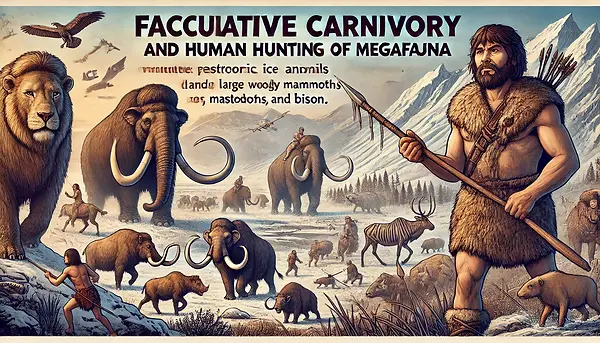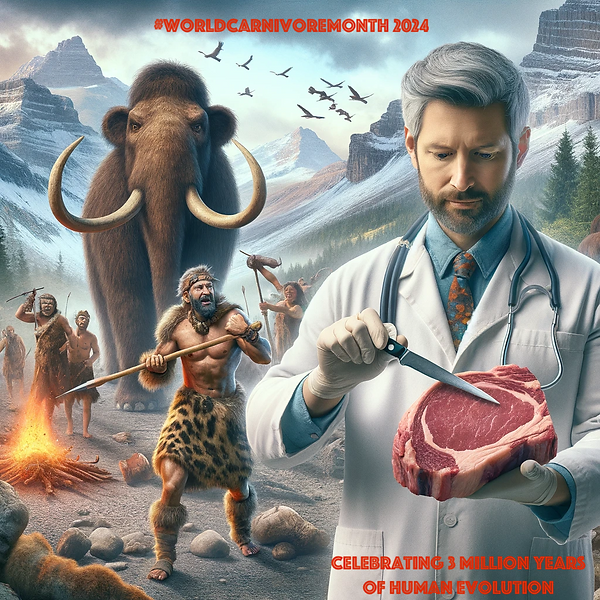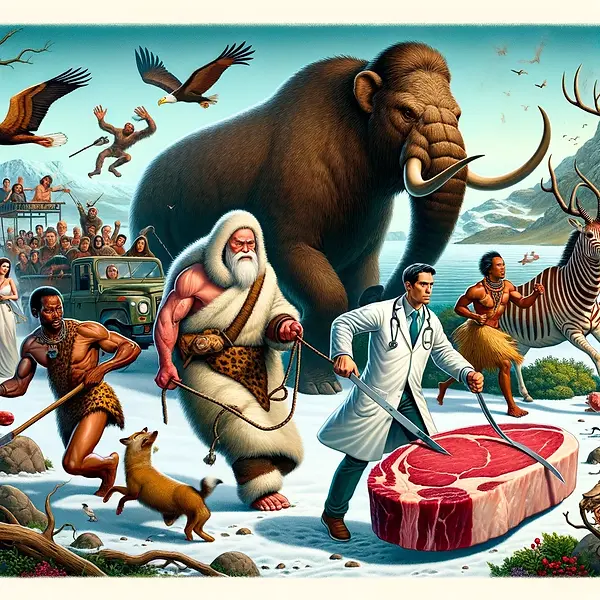


Title:
Are humans evolved specialists for running in the heat? Man vs. horse races provide empirical insights
Abstract:
Many mammals run faster and for longer than humans and have superior cardiovascular physiologies. Yet humans are considered by some scholars to be excellent endurance runners at high ambient temperatures, and in our past to have been persistence hunters capable of running down fleeter quarry over extended periods during the heat of the day. This suggests that human endurance running is less affected by high ambient temperatures than is that of other cursorial ungulates. However, there are no investigations of this hypothesis. We took advantage of longitudinal race results available for three annual events that pit human athletes directly against a hyper-adapted ungulate racer, the thoroughbred horse. Regressing running speed against ambient temperature shows race speed deteriorating with hotter temperatures more slowly in humans than in horses. This is the first direct evidence that human running is less inhibited by high ambient temperatures than that of another endurance species, supporting the argument that we are indeed adapted for high temperature endurance running. Nonetheless, it is far from clear that this capacity is explained by an endurance hunting past because in absolute terms humans are slower than horses and indeed many other ungulate species. While some human populations have persistence hunted (and on occasion still do), the success of this unlikely foraging strategy may be best explained by the application of another adaption – high cognitive capacity. With dedication, experience and discipline, capitalising on their small endurance advantage in high temperatures, humans have a chance of running a more athletic prey to exhaustion.
Details
4 DISCUSSION
Although horses are substantially larger animals than humans (approx. 500 vs. 70 kg, respectively), they have comparable stride lengths at endurance running speeds (Figure 4 of Bramble & Lieberman, 2004; Heglund & Taylor, 1988). However, because they have superior cardiovascular systems (Williams et al., 2015), it is not surprising that horses typically traverse MvH courses more quickly than do human competitors (Figure 1). Yet the time gap between the two species closes on hotter days; in the heat, the degree of deterioration in race performance of horses is greater than that of humans. This finding was sometimes subtle but always apparent in each of the three race events we analysed (Figure 1). Being larger, horses have a lower surface area-to-volume ratio and greater thermal inertia meaning that all else being equal, they lose heat to a cooler ambient environment more slowly. But even accounting for size, data provided in Lindinger (1999) on human and horse sweat rates (the percentage of sweat used for cooling, and the percentage of heat loss from various routes) indicates that the rate of evaporative heat loss of horses is about half that of humans. Consequently core temperature rises much more slowly in humans than horses, and this probably explains why humans experience a relatively slow loss of physical capability compared to horses when running in the heat. Clearly, humans have an exceptional capacity to dump excess heat through sweating (Lindinger, 1999; Schmidt-Nielsen, 1964).
Can this subtle advantage be enough to proclaim that humans have a heat adaptation enabling them to out-run prey in hot environments? The very high sweat rates of humans, the fact that human persistence hunters tend to select the hottest time of day to hunt, the heat exhaustion exhibited by their prey, and the reduced detriment of high ambient temperatures to running speed (Figure 1) together suggest that heat tolerance during running is key to the success of human persistence hunters. Yet horses in MvH races are still running more quickly than humans, even on hotter days, all, of course, while carrying a human rider and without it being imperative to survival. And data for wild endurance species such as African wild dogs and grey wolves indicate that they too travel faster while hunting than do humans (Hubel et al., 2016; Mech, 1994), although ambient temperature was not reported. Thus in answer to the question as to whether humans are comparatively well adapted to endurance running at high temperatures, the evidence suggests no – in absolute terms, even in the heat humans are not fast runners.
While horses are not a prey species of human persistence hunters, the MvH comparison highlights that humans will be off the pace in trying to chase down ungulate prey even at high ambient temperatures. During persistence hunts, what are the choices that humans can make that can bridge this performance gap? Human persistence hunting involves a group of communicating individuals, with only the very best completing the final stages (Liebenberg, 2013). After spending time carefully observing a herd, they predominantly target an animal weakened from age, injury or emaciation, or otherwise an individual with large, heavy horns (e.g. Liebenberg, 2013). They know that as they get close to their quarry, it will flee at pace. Although hunter and hunted cover approximately the same distance, the latter is doing so through stop–start bursts of intermittent locomotion, which could be energetically less economic (Kramer & McLaughlin, 2001; Seethapathi & Srinivasan 2015), thus generating more heat. Furthermore, if pauses are too short, intermittent locomotion can result in detrimental high-energy phosphate depletion and lactate accumulation from anaerobic metabolism (Edwards & Gleeson, 2001; Kramer & McLaughlin, 2001; Weinstein & Full, 2000). Persistence hunters assess information on their own physical state and their perceptions of the physical state of their quarry, then attempt to optimise the pace at which they track their prey so that the prey overheats, and they do not. Finally, humans persistence hunters have the advantage of hands – some stave off dehydration-induced fatigue by carrying water on hunts, for example in ostrich shells (Liebenberg, 2013).
Our synthesis of the current literature, coupled with our analysis of MvH race times, leads us to the following interpretation, which we put forward for debate and critique. We humans clearly have a superior capacity for endurance than do other primates (Pontzer, 2017), allowing us to expend more energy on foraging – an investment humans pay back with a greater calorie intake (Leonard & Robertson 1997; Pontzer et al., 2016). Nonetheless, compared to a broader range of species, human endurance is not exceptional. Carnivores in general travel further than herbivores in search of food (Carbone, Cowlishaw, Isaac, & Rowcliffe, 2005; Joly et al., 2019) requiring a capacity to locomote for extended periods, and humans appear to fit this mould with anatomical adaptations such as a significant bias toward slow-twitch skeletal muscle fibres (O'Neill, Umberger, Holowka, Larson, & Reiser, 2017). Yet our general running endurance is not as impressive as that of many other mammals. Rather than being the elite heat-endurance athletes of the animal kingdom, humans are instead using their elite intellect to leverage everything they can from their moderate endurance capabilities, optimising their behaviours during a hunt to bridge the gap between their limited athleticism and that of their more physically capable prey. Our capacity for profuse sweating provides a subtle but essential boost to our endurance capabilities in hot environments. This is a slight but critical advantage that our ingenuity magnifies to achieve the seemingly impossible: the running down of a fleeter-footed quarry.
Hypothesis:
New Findings
What is the central question of this study?Do available comparative data provide empirical evidence that humans are adapted to endurance running at high ambient temperatures?
What is the main finding and its importance?Comparing the results of races that pit man against horse, we find that ambient temperature on race day has less deleterious effects on running speed in humans than it does on their quadrupedal adversary. This is evidence that humans are adapted for endurance running at high ambient temperatures. We debate whether this supports the hypothesis that early man was evolutionarily adapted for persistence hunting.




